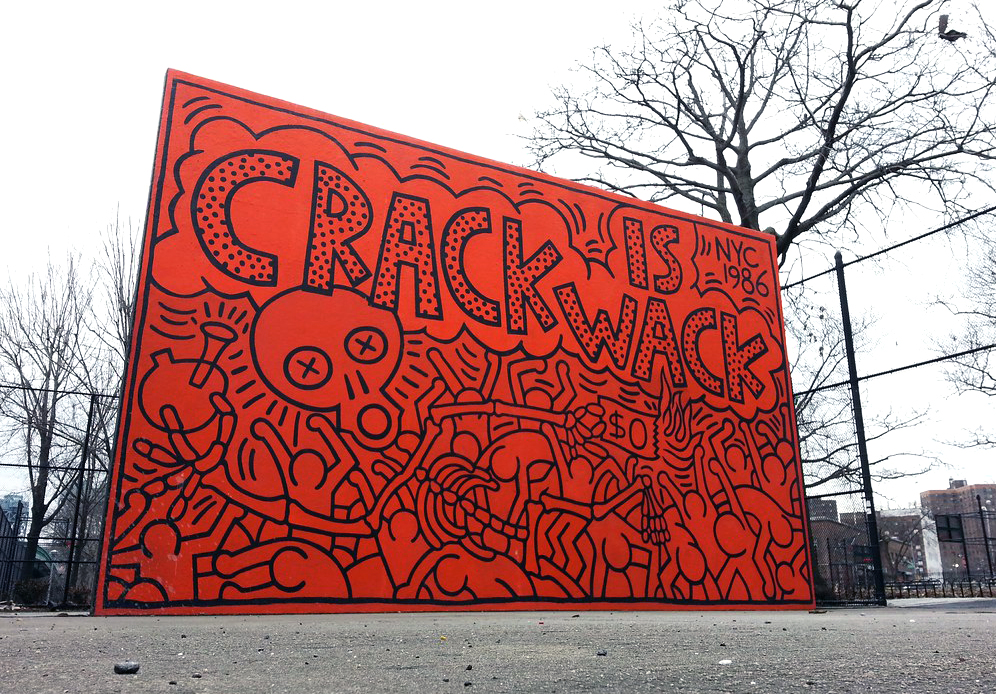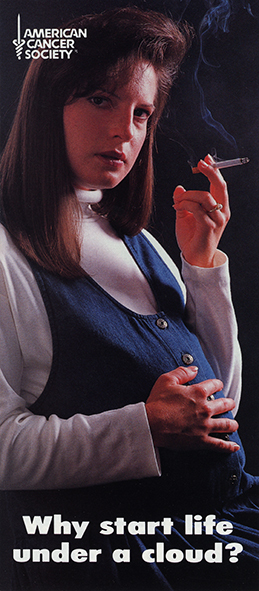New minor combines public health and the arts
Public health, arts and humanities converge
By Denise Blough and Josh Friesen

From anti-tobacco ads starting in the 70s, to the musical “Rent,” to a surge of coronavirus-inspired street art, public health topics are woven throughout arts and culture.
“Some of the big issues we work on as public health professionals — like inequities, racism, poverty, violence against women — artists are also working on in a different way. But the end goal for both of us is to improve community health and well-being,” said Amy Ferketich, professor of epidemiology and one of the masterminds behind a new minor in public health and the arts.
The interdisciplinary minor, available next semester, combines courses across the College of Public Health and more than a dozen units in the College of Arts and Sciences. Enrolled students will take 15 credit hours, including two foundational courses, a critical thinking course and a practice or performance-based course.
“My hope is that students will have that matrix moment that the arts and public health are as natural a pair as peanut butter and jelly — that they will be able to see new ways of doing public health,” said Julia Nelson Hawkins, associate professor in the Department of Classics and another faculty member involved in the minor’s creation.
The arts have a way of reaching people on a deeper level than traditional public health messages, Nelson Hawkins said. She recalled the famous street mural “Crack Is Wack,” painted by artist Keith Haring in Harlem in the 1980s, noting that many people found this anti-drug message more powerful than Nancy Reagan’s “Just Say No” campaign of the era. Located on a highway billboard, the “Crack is Wack” mural was “at the intersection of the community, the street; the place representing the people,” she said.

And when it came to changing the culture around tobacco in the mid-to-late 20th century, arts also played a large role, said Jared Gardner, Joseph V. Denney Designated Professor of English and director of the Humanities Institute.
“It was never smoking bans or taxes alone. It was never any scientific paper alone. It was a combination of those things with public health experts using a wide range of art and popular culture to change the ways people think about their own responsibilities — to themselves, to others, to future generations,” Gardner said.
As Ohio State implements a new General Education curriculum that encourages interdisciplinary learning designed to prepare students to be active, engaged and adaptable citizens, the new minor’s timing, Gardner and Nelson Hawkins said, couldn’t be better. As the minor gains traction, they hope it will inspire collaborations that cross academic disciplines and defy conventional institutional barriers.
“Sciences, humanities and arts are coming closer and closer together,” Nelson Hawkins said. “This is the only way to approach the future.”
With classes in English, art history, and even opera (such as "Figaro Meets Florence Nightingale: the Marriage of Opera and Public Health"), students in the public health and arts minor will discover the natural and historic ties between the fields.
In addition to learning about various forms of art and modern public health issues, the minor allows students to see how art has shifted along with society’s understanding of public health over time, Ferketich said.
“It’s a partnership that’s always been implicit, and we’re really excited to see it become more explicitly articulated at the university,” Gardner said.
About The Ohio State University College of Public Health
The Ohio State University College of Public Health is a leader in educating students, creating new knowledge through research, and improving the livelihoods and well-being of people in Ohio and beyond. The College's divisions include biostatistics, environmental health sciences, epidemiology, health behavior and health promotion, and health services management and policy. It is ranked 22nd among all colleges and programs of public health in the nation, and first in Ohio, by U.S. News and World Report. Its specialty programs are also considered among the best in the country. The MHA program is ranked 5th and the health policy and management specialty is ranked 21st.